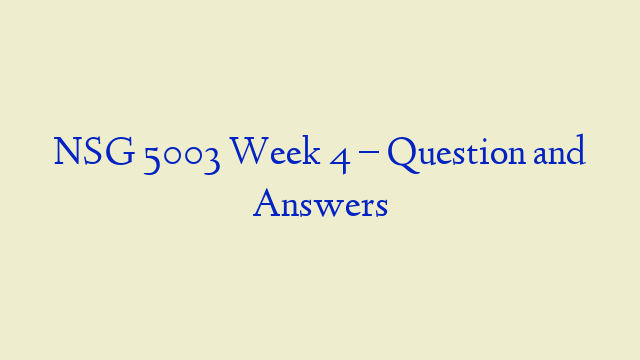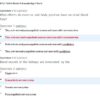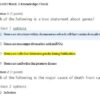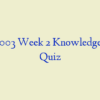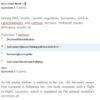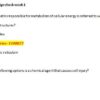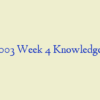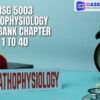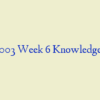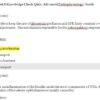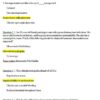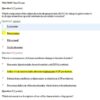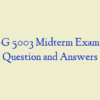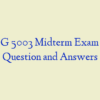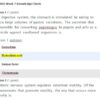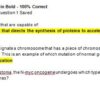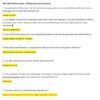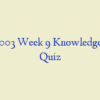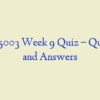Description
NSG 5003 Week 4 Quiz – Question and Answers
- What is the effect of oxidized low-density lipoproteins (LDLs) in atherosclerosis?
- Which inflammatory cytokines are released when endothelial cells are injured?
- When endothelia cells are injured, which alteration contributes to atherosclerosis?
- Which factor is responsible for hypertrophy of the myocardium associated with hypertension?
- What effect does atherosclerosis have on the development of an aneurysm?
- Regarding the endothelium, what is the difference between healthy vessel walls and those that promote clot formation?
- Which form of angina occurs most often during sleep as a result of vasospasms of one or more coronary arteries?
- The pulsus paradoxus that occurs as a result of pericardial effusion is caused by a dysfunction in which mechanism?
- Ventricular dilation and grossly impaired systolic function, leading to dilated heart failure, characterize which form of cardiomyopathy?
- Amyloidosis, hemochromatosis, or glycogen storage disease usually causes which form of cardiomyopathy?
- In systolic heart failure, what effect does the renin-angiotensin-aldosterone system (RAAS) has on stroke volume?
- What is the cause of the dyspnea resulting from a thoracic aneurysm? nsg 5003 week 4 quiz
- Which statement is true concerning the cells’ ability to synthesize cholesterol?
- What is the trigger for angina pectoris?
- Individuals being effectively managed for type 2 diabetes mellitus often experience a healthy decline in blood pressure as a result of which intervention?
- The function of the foramen ovale in a fetus allows what to occur?
- An infant has a continuous machine-type murmur best heard at the left upper sternal border throughout systole and diastole, as well as an abounding pulse and a thrill on palpation. These clinical findings are consistent with which congenital heart defect?
- An infant has a crescendo-decrescendo systolic ejection murmur located between the second and third intercostal spaces along the left sternal border. Wide fixed splitting of the second heart sound is also found. These clinical findings are consistent with which congenital heart defect?
- An infant has a loud, harsh, holosystolic murmur and a systolic thrill that can be detected at the left lower sternal border that radiates to the neck. These clinical findings are consistent with which congenital heart defect?
